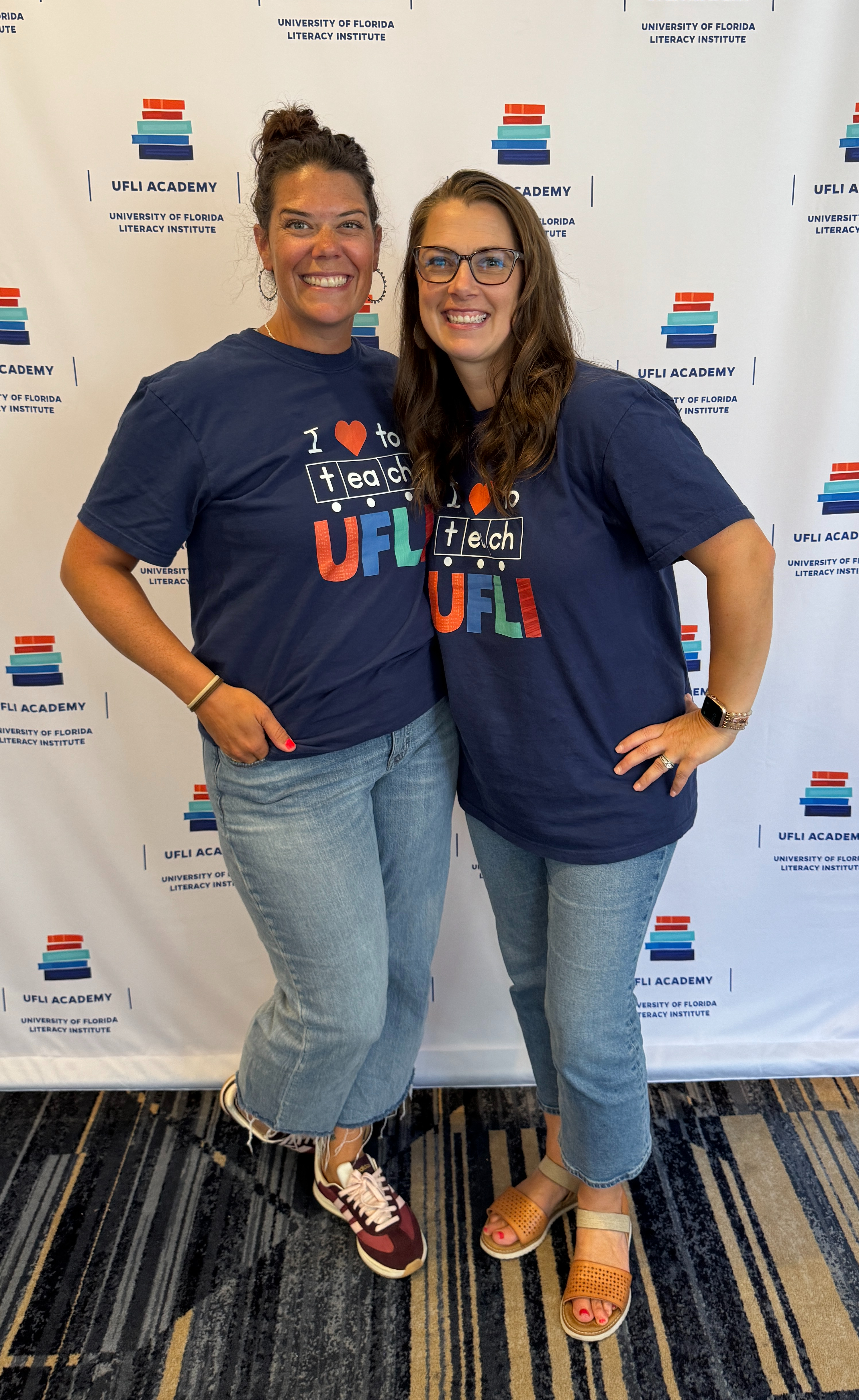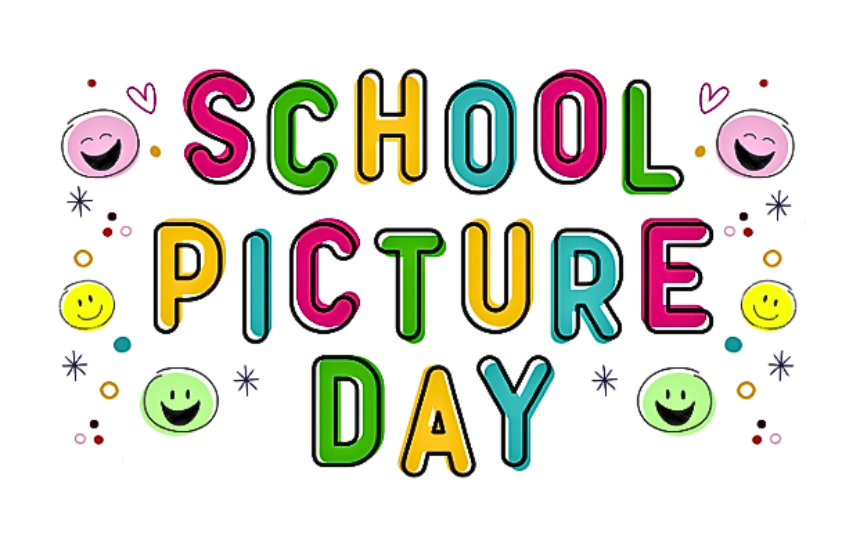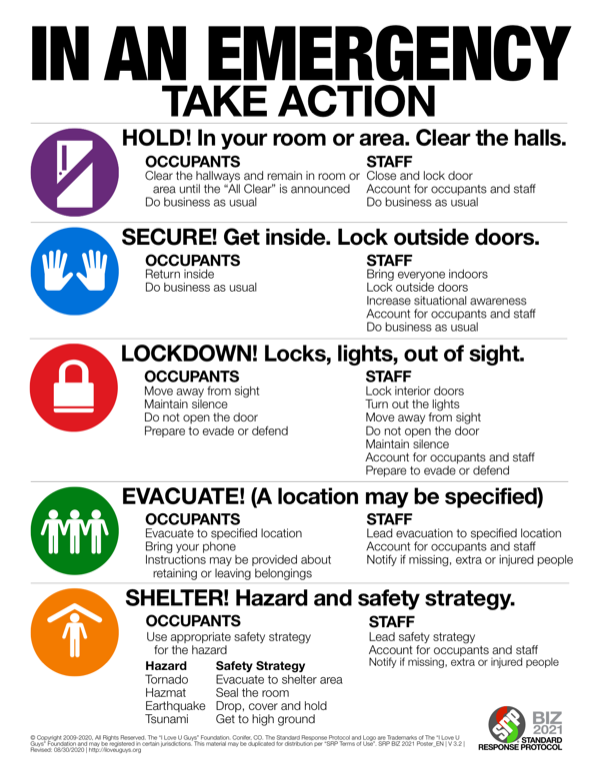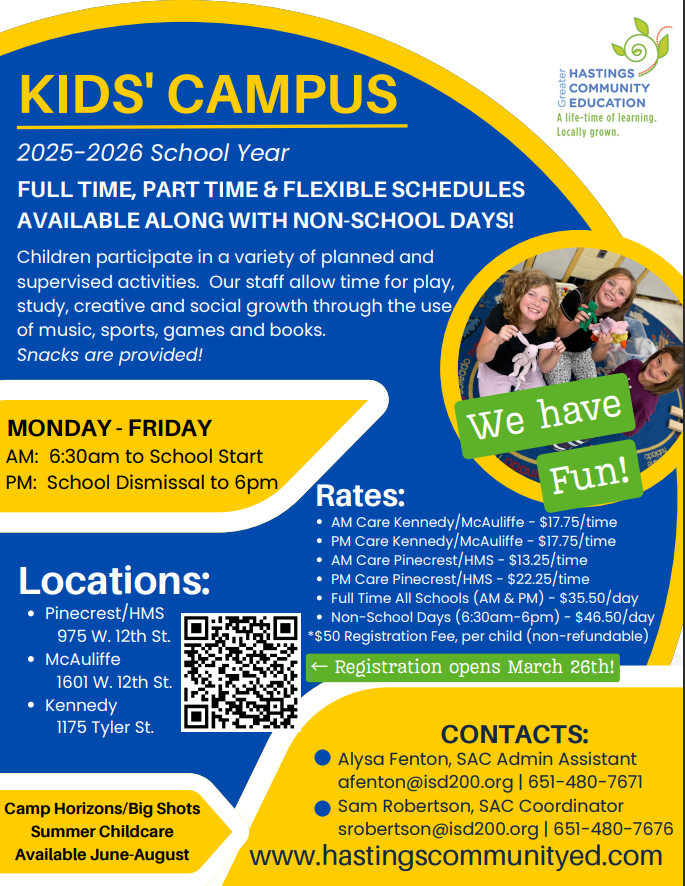Launch of our New Elementary STEM Program
This year, we are proud to introduce a new STEM program at the elementary level. Students will have more opportunities to explore science, technology, engineering, and math through hands-on, creative learning experiences. We are thrilled to have Jill Jensen as our STEM teacher as she expands these opportunities for our students! See the included flyer below for more information about Mrs. Jensen and STEM.
Reminder about Bus Route Timing
As we start the school year, please know that bus routes may run a little slower during the first few weeks. Drivers are getting to know new students and stops, so thank you for your patience and understanding as things settle into a routine.
District/School Safety Plans
As a follow-up to the safety update I shared on Tuesday, I want to provide families with a little more detail about our Standard Response Protocols (SRP). These are the clear, simple safety actions our staff and students practice throughout the year. They give us calm, predictable steps to follow in different situations.
Our intent in sharing this is to help you understand what each protocol means so you can talk with your child about our safety practices at Kennedy. That way, if your child comes home talking about a drill, you’ll know what it was for and can reassure them that these steps are in place to keep everyone safe while learning and growing.
Below you’ll find the five responses we use, along with examples of when they might happen.
1. Hold – “In your room, clear the halls.”
What it means: Students stay in their classrooms while hallways are kept clear.
Why we use it: If there is something happening in the hallway or another part of the building that requires privacy or order.
Examples:
A student is ill in the hallway and needs medical help.
A spill has made a hallway floor slippery.
A staff member is moving large equipment that needs extra space.
What students do: Keep learning inside their classroom. For them, it often feels like a regular day with just a small adjustment.
2. Secure – “Get inside. Lock outside doors.”
What it means: All students and staff come indoors, and exterior doors are locked.
Why we use it: To keep the school extra secure if something is happening outside but not inside the school.
Examples:
Police activity in the neighborhood.
A report of a loose animal nearby.
Severe weather on the way, but still safe to remain inside the school.
What students do: Go about their regular classroom activities, just without outside recess or exiting the building until the “all clear.”
3. Lockdown – “Locks, lights, out of sight.”
What it means: Everyone moves to safe spots in their classrooms or offices, doors are locked, and lights may be turned off.
Why we use it: If there is a potential safety concern inside or very close to the building.
Examples:
What students do: Move quietly to a safe spot in the classroom and stay calm until the “all clear.” Teachers reassure students and keep them as comfortable as possible.
4. Evacuate – “To the announced location.”
What it means: Everyone leaves the building together and goes to a safe location.
Why we use it: If staying inside the school is unsafe.
Examples:
A fire alarm or actual fire.
A strong gas odor in the building.
A situation requiring students to relocate to another school or community building.
What students do: Walk calmly with their class and teacher to the designated safe area. We practice this so it feels routine and familiar.
5. Shelter – “For hazard and safety strategy.”
What it means: Everyone moves to a safe shelter area inside the building.
Why we use it: For natural events or hazards.
Examples:
What students do: Follow simple steps from teachers, like sitting on the floor with hands covering their head, until it’s safe.
Why we practice:
We want students to feel prepared, not scared. That’s why we explain drills in age-appropriate ways. Teachers often use simple language like “This is how we stay safe” and reassure children that adults are always there to take care of them.
Just like fire drills, the more we practice, the easier it is for everyone to know what to do. This helps students and staff stay calm and confident in an emergency.
Thank you for your partnership in making Kennedy a safe place to learn. If you ever have questions about our safety drills or the SRP, please don’t hesitate to contact the office.
Mr. Latch
Principal





